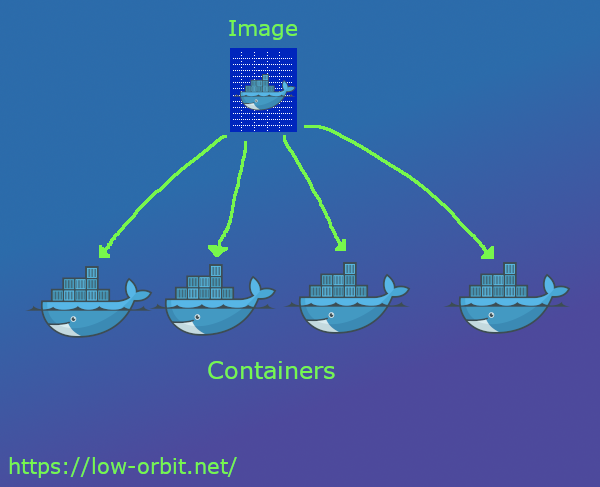

Make sure the apt package cache is up to date.

Sudo add-apt-repository "deb $(lsb_release -cs) stable" Sudo apt-get install apt-transport-https ca-certificates curl gnupg-agent software-properties-commonĪdd the key for the official Docker GPG repository. Sudo apt-get remove docker docker-engine docker.io containerd runcĬontinue to the next step if apt-get reports that no packages were located. Uninstall any packages that may have been installed previously. In this case we'll be using Caddy, but you can use any other reverse proxy if you're familiar with one.Install and configure Vaultwarden as a Docker image. Make sure you're comfortable with the application's security features before storing critical data and passwords.Īlso, you're responsible for having up-to-date backups of your server in case anything goes wrong. When you self-host your password manager, you must be willing to take responsibility for the security and reliability of sensitive data on your server. The last part is what we're interested in! Bitwarden offers users to self-host their vaults. The Bitwarden platform offers a variety of client applications including a web interface, desktop applications, browser extensions, mobile apps, and a command-line interface. On Wikipedia, Bitwarden is described as follows:īitwarden is a free and open-source password management service that stores sensitive information such as website credentials in an encrypted vault. In this tutorial, I'll guide you through on how to set up Vaultwarden for Bitwarden, which lets you enjoy all the premium features Bitwarden has to offer, completely free.


 0 kommentar(er)
0 kommentar(er)
